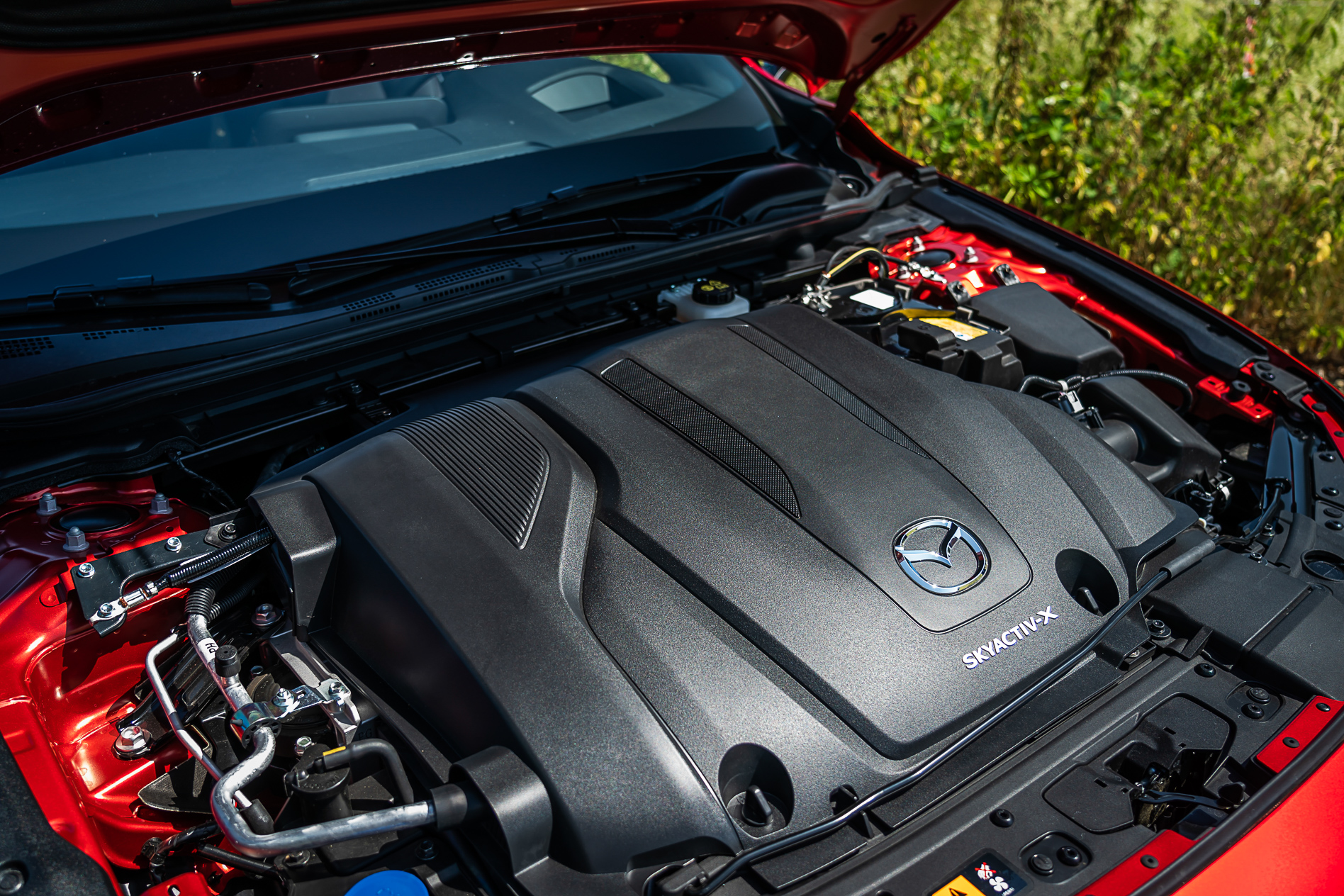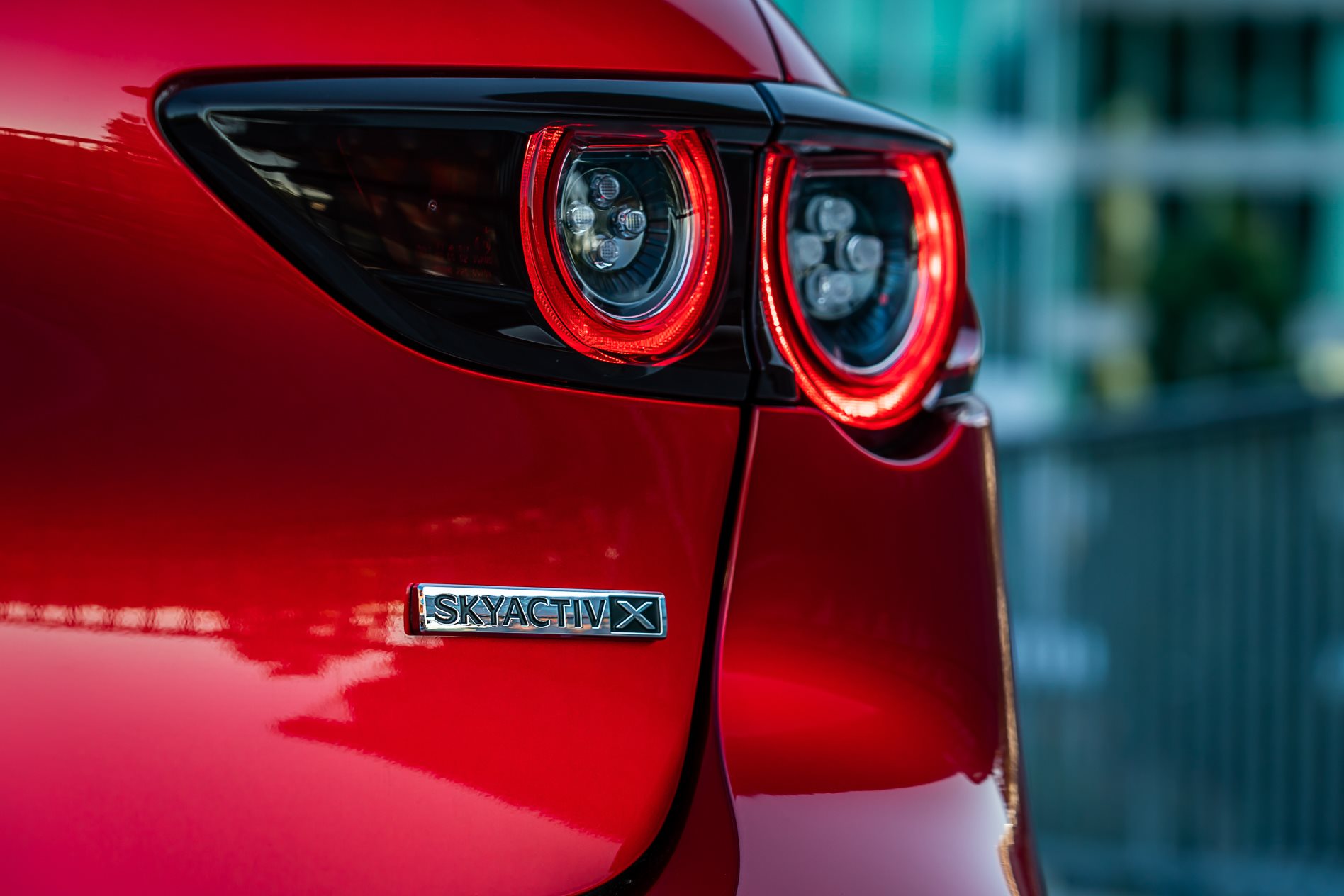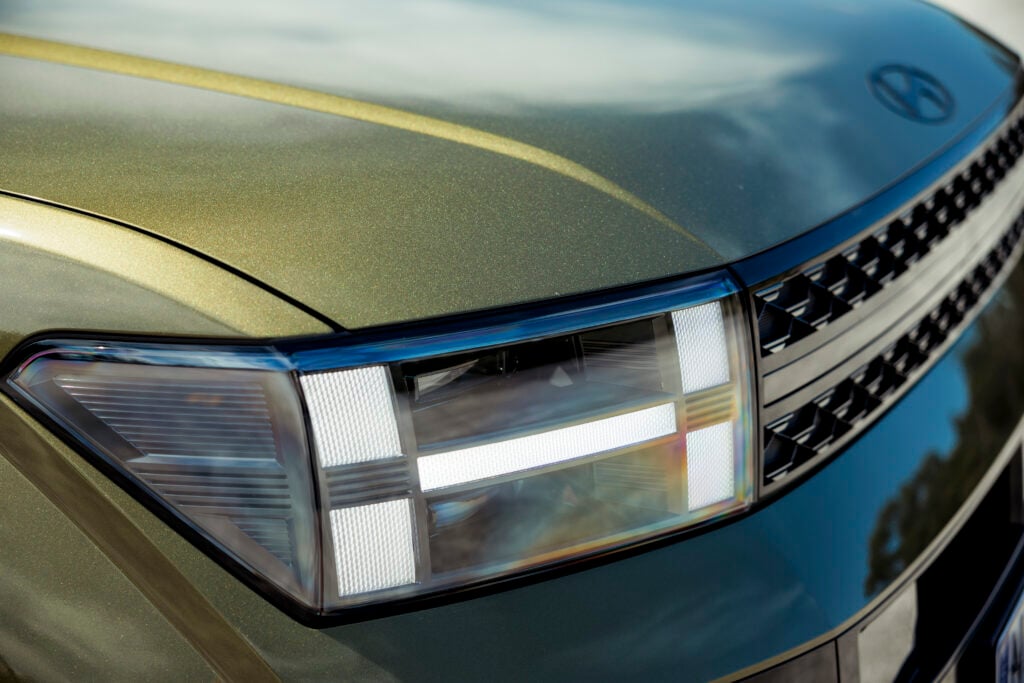Mazda is the underdog that’s not afraid to bite, and that’s something I really admire. It’s not a large car maker by global standards, yet there’s more courage, consistency, commitment and common sense to be found in Hiroshima than elsewhere.
The SkyActiv-X engine that will arrive in Australia early next year is without doubt the biggest internal-combustion engine innovation for decades. It increases efficiency and cuts emissions through hard-earned technical mastery.

Other car makers have struggled in vain to turn the theory of using a high compression ratio to initiate combustion of a weak mixture of fuel and air into a commercially viable engine. Honda, General Motors, Daimler and others all failed, but Mazda has succeeded.
It’s usual for great leaps forward to arrive in the kind of costly cars topping the line-ups of premium brands. Think of ABS and ESC, for example. The Bosch-developed electronic four-wheel multi-channel anti-lock braking system that’s the forebear of today’s tech was introduced (as an option!) in the Mercedes-Benz S-Class in the late 1970s. Mercedes, again working with Bosch, also won the ESC race, with the S600 Coupe of 1992.
In contrast, Mazda will introduce its SkyActiv-X engine early next year in the 3 hatchback and sedan – cars ordinary folk can afford. Inevitably it will appear in other models, likely beginning with the good-looking CX-30 crossover.
The decision to invest in SkyActiv-X must have been a deep-breath decision for Mazda’s leadership. Now isn’t the time to go into the details of exactly how the SPCCI (for spark-controlled compression ignition) process works, but it was a huge challenge and a costly, high-pressure project.
“I don’t think I would want to do it ever again,” Mitsuo Hitomi, the man then in charge of the company’s technical research centre, told me back in 2017 when Mazda previewed the SkyActiv-X engine at a seminar in Germany.
He spoke quietly, shaking his head at the memory.
Though it isn’t apparent in Australia, where Mazda has strong market share, the Japanese brand isn’t as big as any of the premium German outfits. It sells around 1.6 million cars a year.
In 2018 Mercedes-Benz moved 2.3 million, BMW 2.1 million and Audi 1.8 million.
Mazda doesn’t, and can’t, charge premium-brand prices. It simply builds better-than-average mainstream cars that often have driving character and visual charm to go with the brand’s typical quality, reliability and affordability.
Almost 20 years have passed since Mazda launched the first 6, the car I consider as opening the company’s current golden age, and arguably it hasn’t produced a bad one since. It’s an admirable record, in my estimation.

While Mazda creates mass satisfaction, its small size and slender profit margins mean the R&D budget is limited. But after some clear-sighted analysis of what it needed to prosper in coming decades, Mazda elected to take the risk with SkyActiv-X.
The company accepts it needs to reduce the global-warming impact of the cars it produces. It could have opted to invest instead in zero-emission EVs, but they would inevitably sell in small volumes. Mazda calculated that a big cut in consumption and consequent CO2 emissions from the internal-combustion engines that will power the vast majority of cars it builds in the coming decade was a more effective move.
“Our ultimate goal is not to do something different because it is different, but as a way to meet the target,” Hiroyuki Matsumoto, head of Mazda’s vehicle development division, told me earlier this year. “The reason why we pursued the ideal combustion instead of electrification, we did that because it is the right thing to do…”






